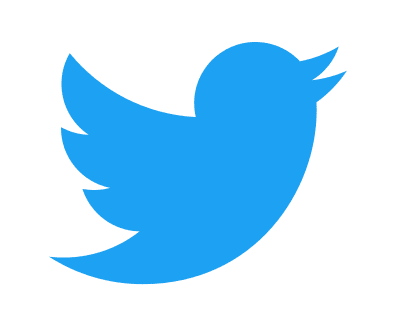
College football and basketball players could be in line for paydays worth thousands of dollars once they leave school after a landmark ruling Friday that may change the way the NCAA does business.Sorry, but the NCAA's assertion that people would suddenly lose interest in college athletics if the kids were paid is the dumbest sh*t I've ever heard. When you have no real argument, you resort to foolishness like that. Pay the damn kids.
A federal judge ruled that the NCAA can't stop players from selling the rights to their names, images and likenesses, striking down NCAA regulations that prohibit them from getting anything other than scholarships and the cost of attendance at schools.
U.S. District Judge Claudia Wilken in Oakland, Calif., ruled in favor of former UCLA basketball star Ed O'Bannon and 19 others in a lawsuit that challenged the NCAA's regulation of college athletics on antitrust grounds. The injunction she issued allows players at big schools to have money generated by television contracts put into a trust fund to pay them when they leave.
In a partial victory for the NCAA, though, Wilken said the body that governs college athletics could set a cap on the money paid to athletes, as long as it allows at least $5,000 per athlete per year of competition. Individual schools could offer less money, she said, but only if they don't unlawfully conspire among themselves to set those amounts.
That means FBS football players and Division I basketball players who are on rosters for four years could potentially get around $20,000 when they leave school. Wilken said she set the $5,000 annual threshold to balance the NCAA's fears about huge payments to players.
The ruling comes after a five-year battle by O'Bannon and others on behalf of college athletes to receive a share of the billions of dollars generated by college athletics by huge television contracts. O'Bannon, who was MVP of the 1995 UCLA national championship basketball team, said he signed on as lead plaintiff after seeing his image in a video game authorized by the NCAA that he was not paid for.
Any payments to athletes would not be immediate. The ruling said regulations on pay will not take effect until the start of the next FBS football and Division I basketball recruiting cycle. Wilken said they will not affect any prospective recruits before July 1, 2016. The NCAA could also appeal, and has said previously that it would take the issue all the way to the Supreme Court.
Former athletes will not be paid, because they gave up their right to damages in a pre-trial move so the case would be heard by a judge, not a jury.
As part of her ruling, Wilken rejected both the NCAA's definition of amateurism and its justification for not paying players. But she did not prohibit the NCAA from enforcing all of its other rules and regulations and said that some restrictions on paying players may still serve a limited purpose if they are necessary to maintain the popularity of major college football and basketball.
Several players testified during the trial that they viewed playing sports as their main occupation in college, saying the many hours they had to devote to the sport made it difficult -- if not impossible -- to function like regular students.
"I was an athlete masquerading as a student," O'Bannon said at trial. "I was there strictly to play basketball. I did basically the minimum to make sure I kept my eligibility academically so I could continue to play."
Witnesses called by the NCAA spoke of the education provided to athletes as payment for their services and said the college model has functioned well for more than a century. They contended that paying players would make college sports less popular and could force schools to cut other programs funded by the hundreds of millions of dollars taken in by big-time athletics.
Besides, I don't think giving student athletes around $20,000 to start their life after college is a terrible parting gift. You could argue that they're worth more, much more in fact.
A Washington Post article examined what the average value of a Division I men's basketball player could be using profit netted by the programs themselves after expenses paired with win shares per player. Not surprisingly, the total they came up with was much higher than $5,000 per player as their calculations yielded a result of $212,080 as the average value of an FBS-level men's basketball player during the 2013-14 season.Of course, that's an inexact figure, but it speaks to the value that a high caliber athlete brings to the bottom line of a school. That money goes to subsidize non-revenue generating sports (ie: tennis), to construct new buildings on campus, to fund general scholarships. Until now, the athletes responsible for generating that revenue saw none of that.
The Washington Post article uses Kentucky Wildcats one and done star Julius Randle as an example showing that he was worth $1.53 million to the Wildcats program this past season based off of their earnings from men's hoops and Randle's contributions on the offensive and defensive end.
For example, using college revenue data from the U.S. Department of Education, the 2011-12 Kentucky men’s basketball team generated $23.2 million in revenue and had $13.7 million in expenses attributable to intercollegiate athletic activities after a 38-2 season, which equates to $250,765 per win net of expenses. That would be equivalent to $260,320 in 2014 dollars.
During the 2013-14 season the Wildcats went 29-11, led by freshman Julius Randle, who was credited with 5.9 win shares, an estimate of the number of wins contributed by a player because of his offense and defense. At $260,320 per win, that puts his value to the university at more than $1.53 million. By paying him $5,000, Kentucky gets full value after just four minutes of play.
Soon, that will change. And that's a good thing.
Question: Is the ~$5,000 football and basketball players will get fair, or will this change the world of college athletics for the worse?




